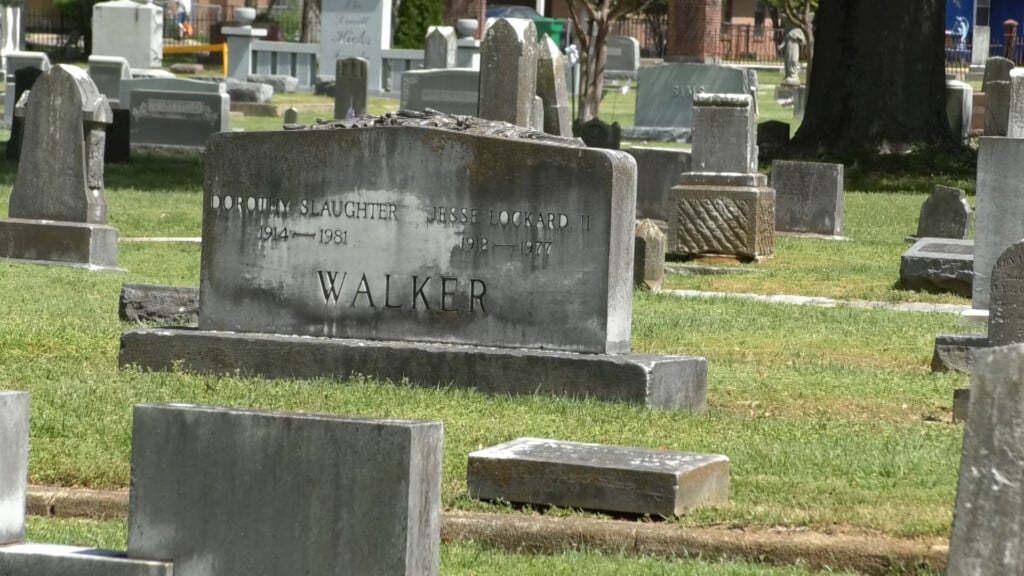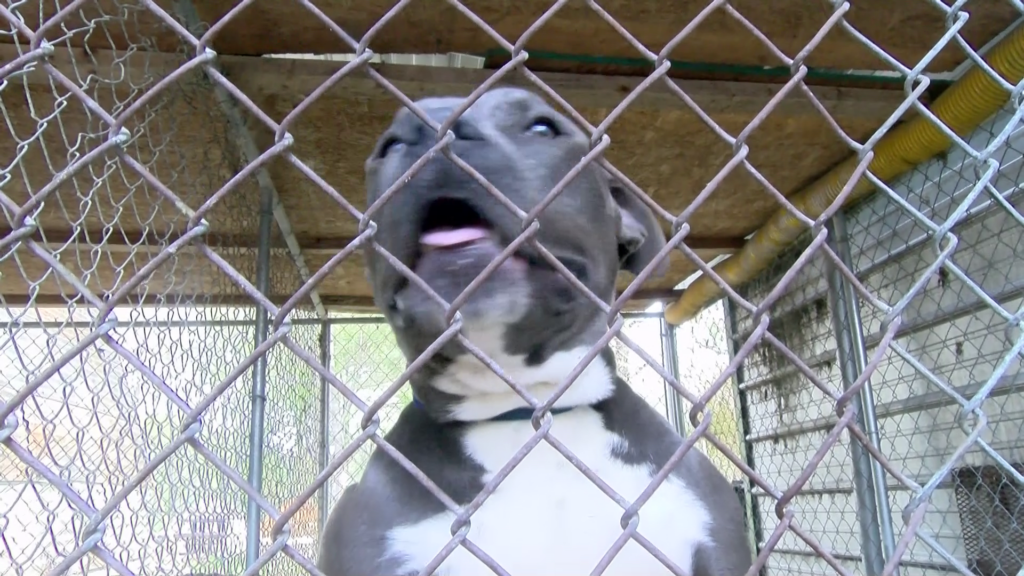Starkville Police Have a Breakthrough in Labor Day Cold Case
STARKVILLE, Miss. (WCBI) – We’re nearing the twenty-eighth anniversary of the Labor Day murders, a case where two Starkville women were killed.
But Starkville Police may have found the missing piece of this near thirty-year old puzzle, thanks to the latest in DNA technology.
It’s thanks to patience and proper preservation of evidence that is making all this possible.
When you see the old footage, you get an idea of how far back this case goes.
For some, however, the memories are as vivid today as they were when the Labor Day murders happened in Starkville.
“Betty Jones, there a knock on the door, and Betty answers the door,” described Sergeant Bill Lott, the detective in charge of the Labor Day murders. “The suspect enters the house and immediately attacks and kills Betty Jones, unprovoked.”
The killer proceeds to the bedroom, raping and choking Kathryn Crigler, who died in a nursing home two months later.
You can see a lot has changed here on 306 M.L.K. Drive, different paint color, different driveway, different street, but that hasn’t stopped investigators from searching for the killer.
What the killer left behind from that day is what’s being used to find him today.
It wasn’t blood or a fingerprint.
No, it was something much more definitive.
“They had a semen-based DNA profile,” Lott said.
Lott has been on the Labor Day murders since the early 2000’s, and told WCBI back then forensics technology wasn’t able to help them like it can today.
“In 1990, DNA wasn’t on the horizon, but in 2005 it is,” he said. “It wasn’t until ’05 that a semen based DNA profile was able to be developed. The science had to come along.”
Recently, that well-preserved sample was sent to the DNA Nanolab, Parabon.
Using facial reconstruction, what Starkville Police got back was more than any sketch could do for them.
“This is what he looked like in 1990,” Lott said, holding the results of the DNA submission. “His eye color is going to be blue with a high probability. It’s either going to be blue or green.”
Parabon also shows what the suspect may look like today, based off of his DNA.
It’s not necessarily facial recognition, but it for sure narrows down a list of suspects.
Lott says the next step is putting this DNA into a genealogy search engine.
He said, “It will take the genetic genealogy in the DNA, and they will look for people that are kinship to this.”
While he waits on those results, Lott says the DNA is in the national database, on constant lookout for the Labor Day killer.
“Even though it’s only looking for its exact match right now, it does it all the time,” he said with an anxious tone. “If he’s arrested and then gets convicted in Boise, Idaho and is put into the system, bam! It’s going to spit him out.”
Lott says he expects a genealogy report in his hands in the next couple of weeks and with that maybe some answers, and that will put us right around the twenty-eighth anniversary of the Labor Day murders.






Leave a Reply